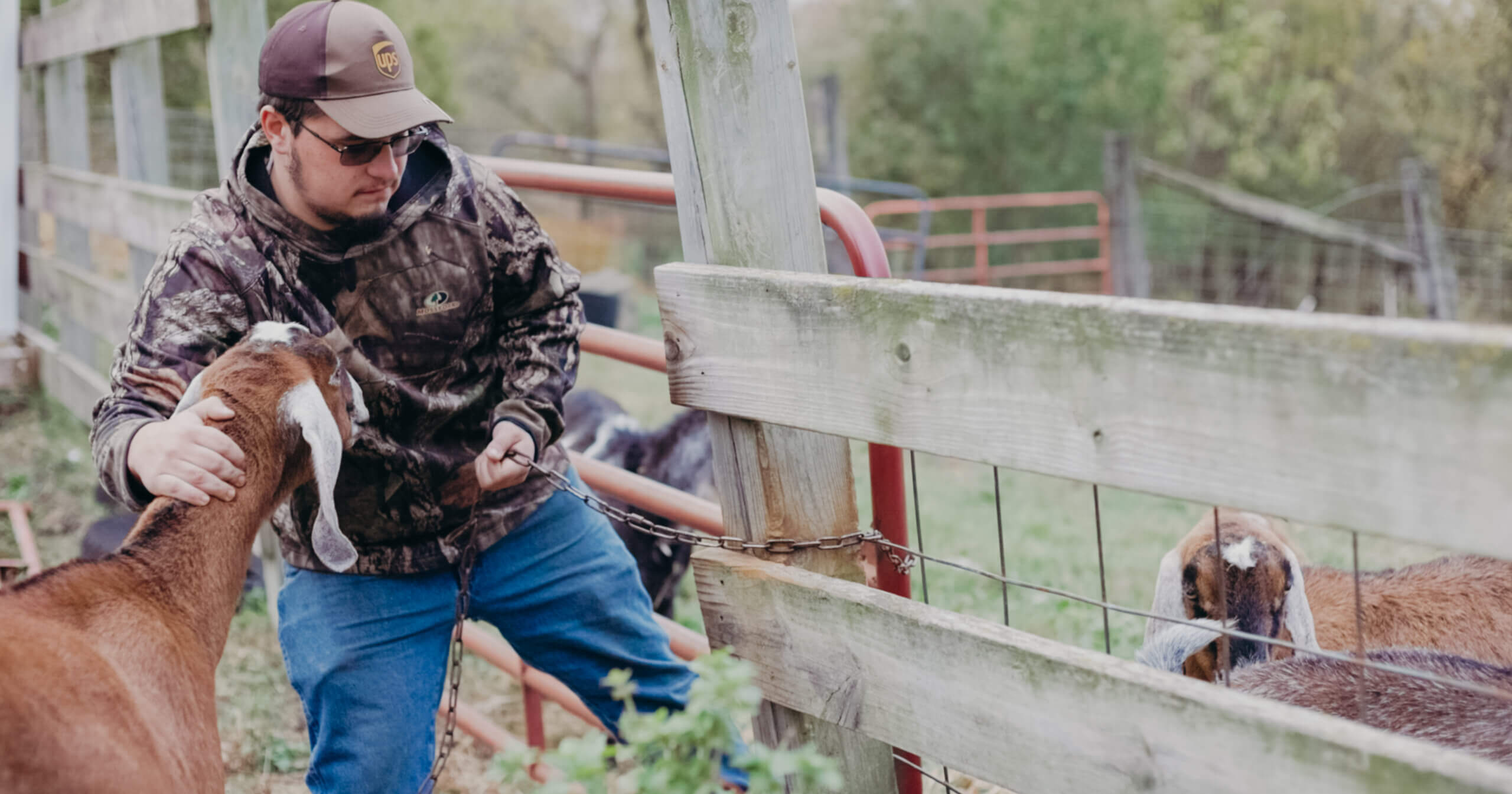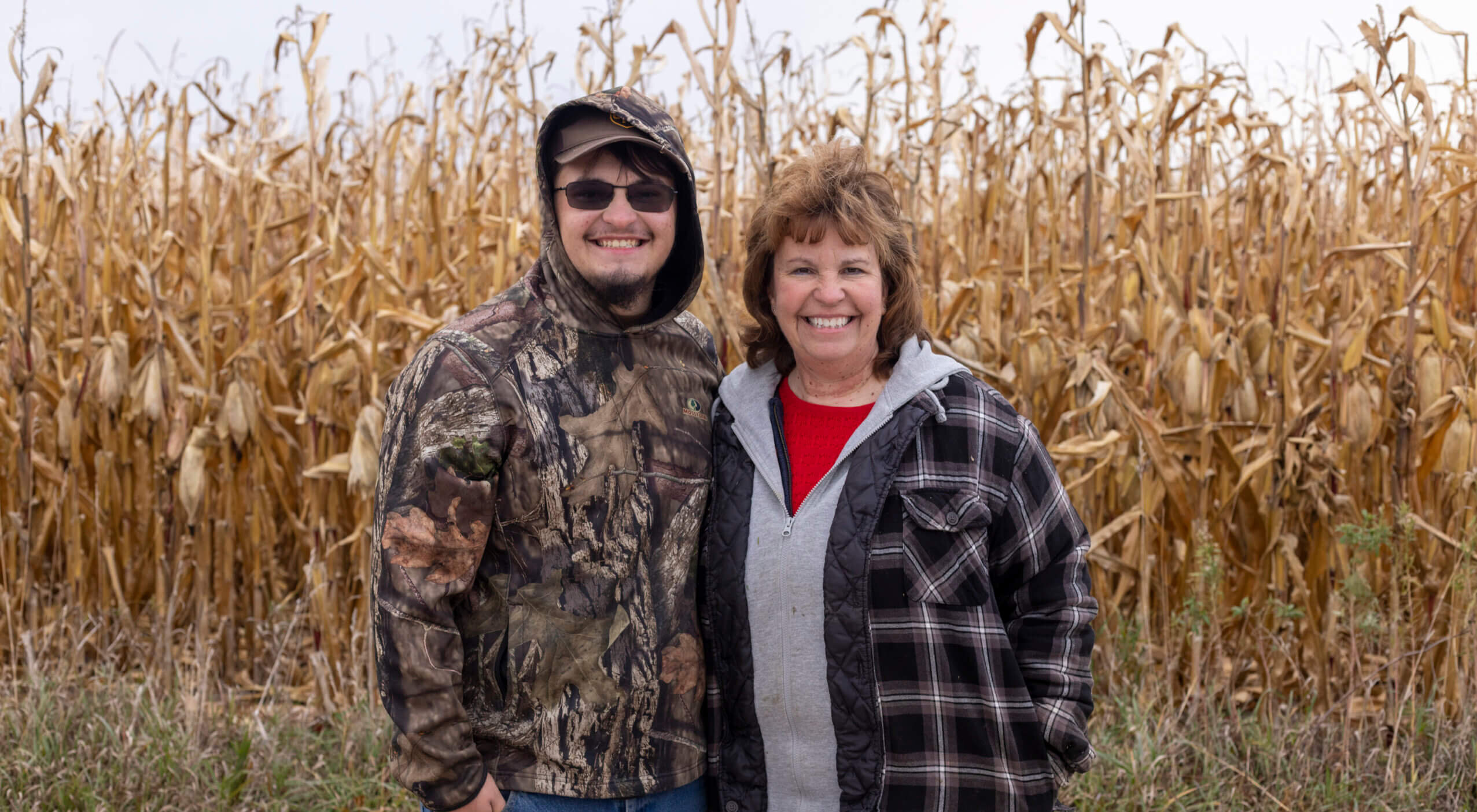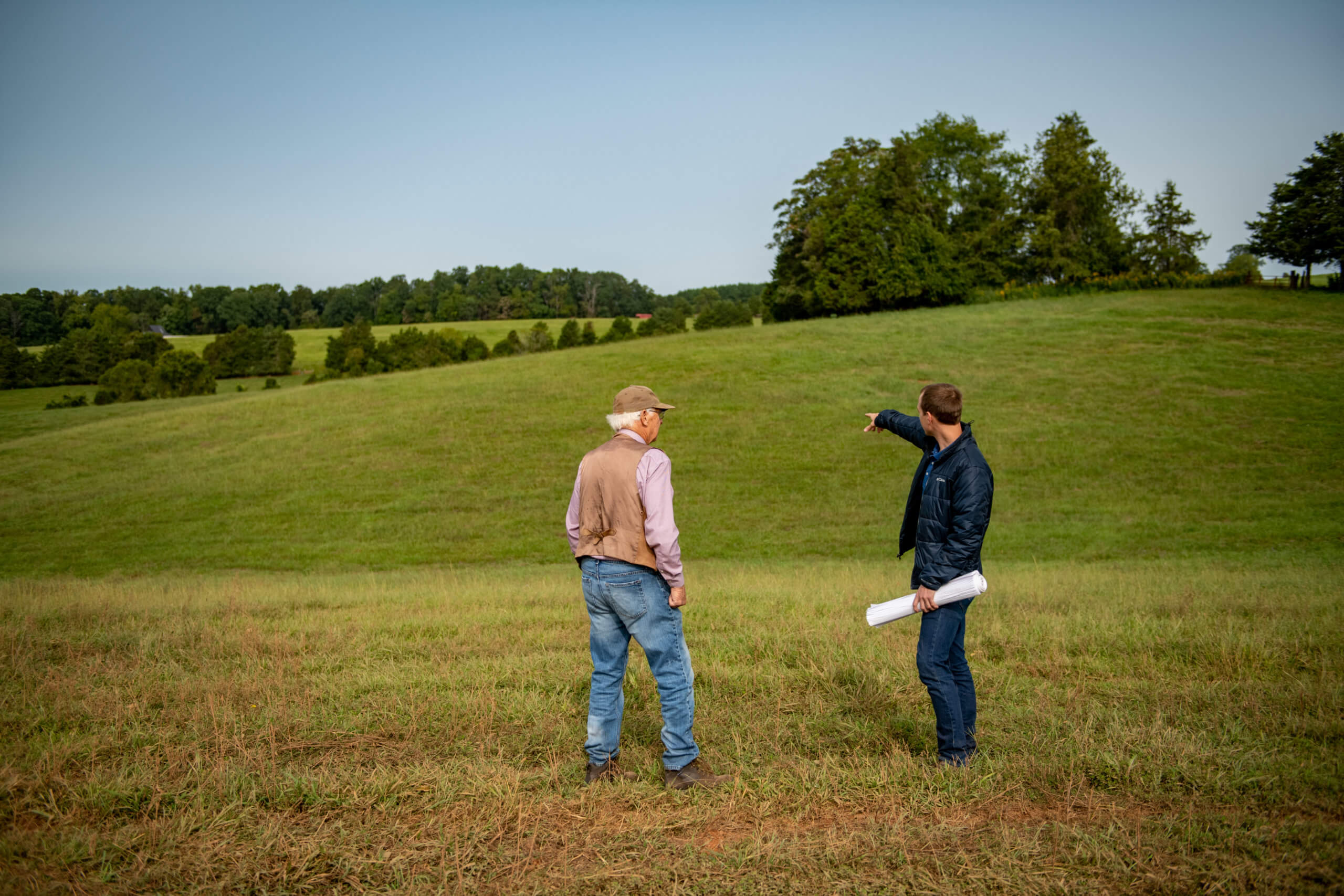Powering a Better Future for Family Farms
Michigan families see the potential in diversifying with solar.
On a crisp October morning, Clara Ostrander and her 19-year-old son Aaron usher a dozen goats, one after another, through a weathered barn gate. A chestnut-colored kid brings up the rear and, after a gentle nudge from Aaron, joins the rest of the herd grazing in the pasture, which is just beginning to brown in advance of impending frosty weather. Raising goats is a tradition Ostrander started alongside her father more than 35 years ago—but their rich family history on the property dates back more than 150 years, with two centennial farmhouses and generations of memories.
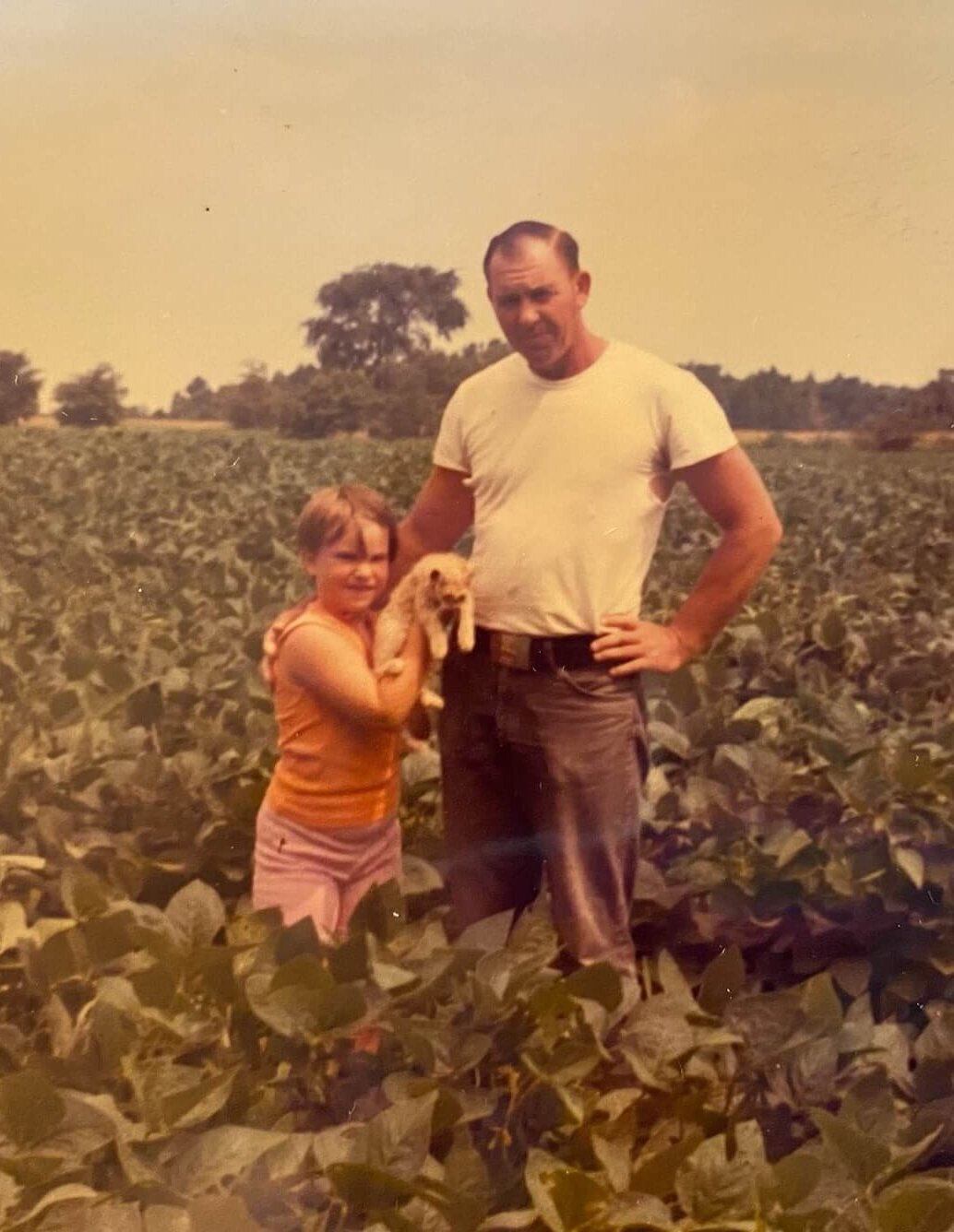
“My parents were full-time farmers. My dad farmed approximately 500 acres of corn and soybeans here in Azalia, Michigan,” said Ostrander. “Owning a family farm, hard work and dedication have been part of my life from a young age.”
Ostrander grew up helping her dad on the farm, riding along in the combine and eventually learning to drive it herself. At just seven years old, she was cruising around the cornfields on an International 400 tractor. Over the ensuing decades, Ostrander helped raise dairy cattle and white-faced Herefords, among other award-winning show animals.
But her seemingly idyllic childhood can’t sugarcoat the harsh realities facing small farms.
Combating the Economic Challenges of Agriculture
“Being a farmer, even today, is a gamble,” said Ostrander. “One year, you can harvest a tremendous crop, and the next year, all that just goes down the drain.”
Crop prices have spiked in recent years—but so have input costs, placing an increasing financial burden on all farmers, especially smaller producers. With an income entirely dependent on the weather and confronted by skyrocketing supply costs and competition from global trade, Ostrander sees farming as one of the toughest careers anyone can choose.
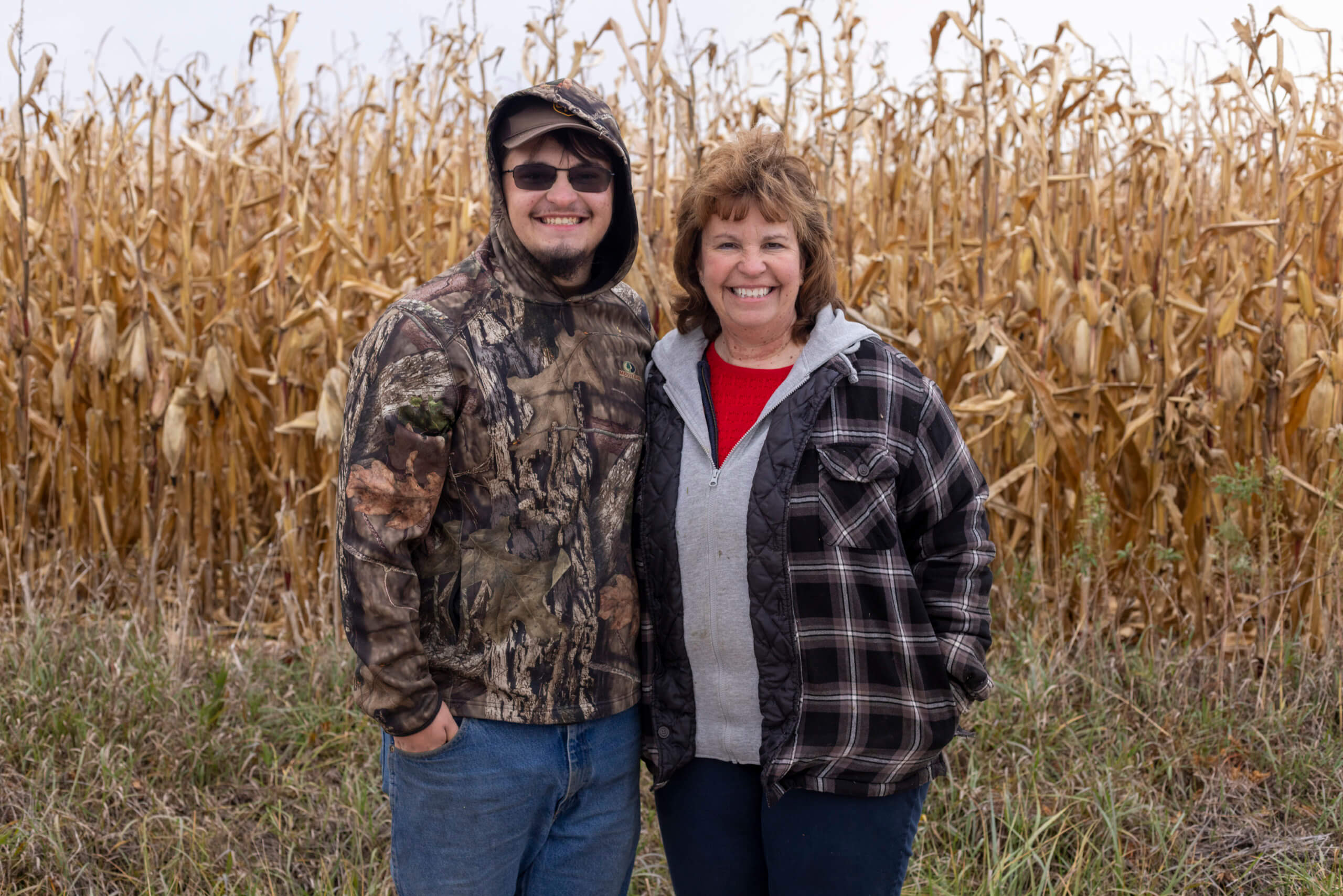
“With inflation going through the roof, I’m sure many farmers across the United States will be forced into bankruptcy. The cost of fertilizer, fuel, and seed have more than tripled, and I just don’t see how folks can survive it,” said Ostrander.
Ostrander is far from alone. Over the past five decades, the challenges facing family farmers in the United States have resulted in major consolidation, with cropland shifting consistently toward larger farms no matter the crop.
“There have been good years; I can remember years when we’ve done pretty well—but there have been down years too, where we lost money and it had quite an impact on the family,” said Brian Walker, who owns farmland in Ovid Township, about 90 miles west of Azalia. “That’s why my father and I worked outside of the farm: we needed stability.”
Since about 1850, when Walker’s great-grandfather came over from England and settled on the farm in southern Michigan, the entire Walker clan has lived within about a five-mile radius. Through generations, the family raised corn, soybeans, alfalfa, sweet clover, and other crops—but at a certain point, that income wasn’t sufficient. Walker supplemented his full-time farm work with a career as a mechanic and factory worker and, since retiring, he runs a small sawmill on the farm.
As profits shrink in the industry, there’s little margin for error—whether that’s due to Mother Nature, supply chain challenges, or a family emergency. In the 1990s, Ostrander’s mother was diagnosed with a severe illness, and her father retired from farming to care for her. As hospital bills piled up, he was forced to make the painful decision to sell part of their 500 acres.
“To this day, I would give anything to be able to buy that back for my dad. Both my parents have passed now, and the one promise I made to my dad before he died was that I would keep the farm in the family,” said Ostrander.
A New Opportunity on the Horizon
Over the years, the Walker and Ostrander families considered various means of diversifying their agricultural income, but it wasn’t until they were approached about using their land for a new purpose—harvesting the sun—that they found the right fit.
In 2020, Apex Clean Energy met with landowners in Ovid and Milan Townships to explore the feasibility of large-scale solar projects. For Ostrander, signing a lease would ensure she could keep the promise to her dad and maintain the farm for Aaron and future generations. For Walker, the possibility meant finally diversifying the family’s agricultural income after decades of pulling double duty in the fields and at the factory. Still, neither took the decision lightly.

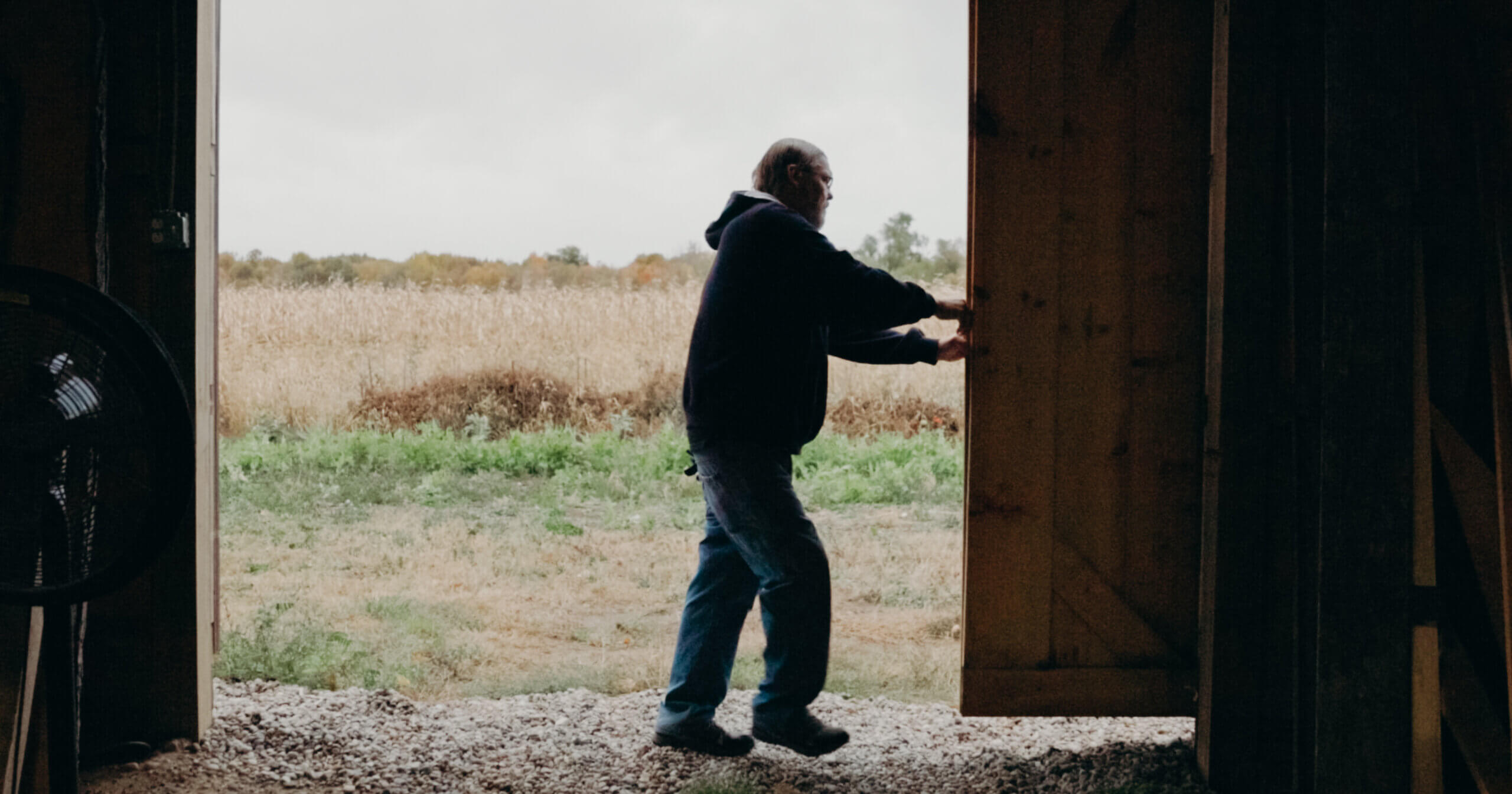
“At first I was very hesitant, and so was my husband,” said Ostrander. “But we took our time and thoroughly studied solar energy. My husband and I reached out to several universities—Iowa, Purdue, North Carolina, Michigan State, the University of Michigan—for any and all reliable information we could find. We knew it wasn’t a good idea to simply Google it or see what was on the internet because you’re going to see a lot of misinformation.”
Both families found a lot of benefits.
“We didn’t know a lot about solar other than it provided energy,” said Walker’s wife, Tammy. “But Brian and I both did our research. We really dug in and researched every possible angle about solar. We came to realize that the positives far outweigh the negatives.”
Beyond the obvious environmental benefits, landowner lease payments enable farmers like the Ostranders and Walkers to keep their acreage in the family, and tax revenue in the millions of dollars supports local schools, roads, and emergency services.
My dad asked me to take care of everything. He knew it was going to be hard. But I know that if he had any idea that this solar project was coming down the road, he would be smiling and saying, “This is what we need.”
“This additional income could greatly help our township, giving us the ability to do things that we’ve never been able to do,” said Ostrander.
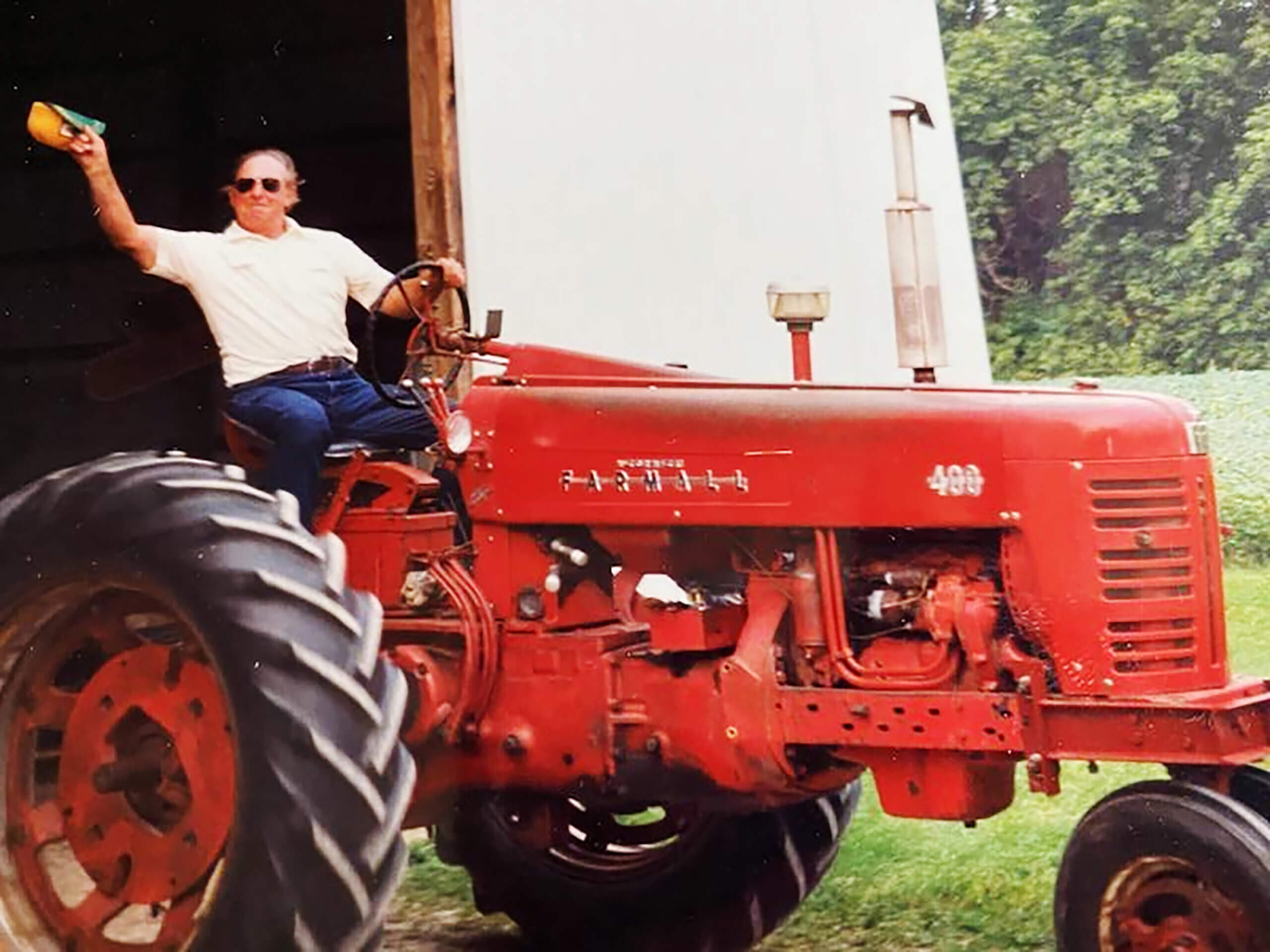
“Additionally, there’s the preservation of the land to consider,” said Walker. “I’ve always thought that this land was being farmed way too much—year after year, taking from it. This is a chance for this land to rest for thirty years.”
Equipped with a thorough understanding of solar energy, both families were optimistic about what solar projects would mean for their communities, and both leased their property for solar projects under development by Apex.
Ultimately, though, the decision came down to family and the land: how to honor the generations that worked those fields in decades past and how to preserve those acres for the generations to come.
“I had to look back and see what my ancestors would have thought about solar. I realized that my father and mother would have been pleased to do this if it made a better life for their family,” said Walker.
“My dad asked me to take care of everything,” said Ostrander. “He knew it was going to be hard, and he told me that. But I know that if he had any idea that this solar project was coming down the road, he would be smiling and saying, ‘This is what we need.’”
Michigan solar video
Over the years, the Walker and Ostrander families considered various means of diversifying their agricultural income, but it wasn’t until they were approached about using their land for a new purpose—harvesting the sun—that they found the right fit.
